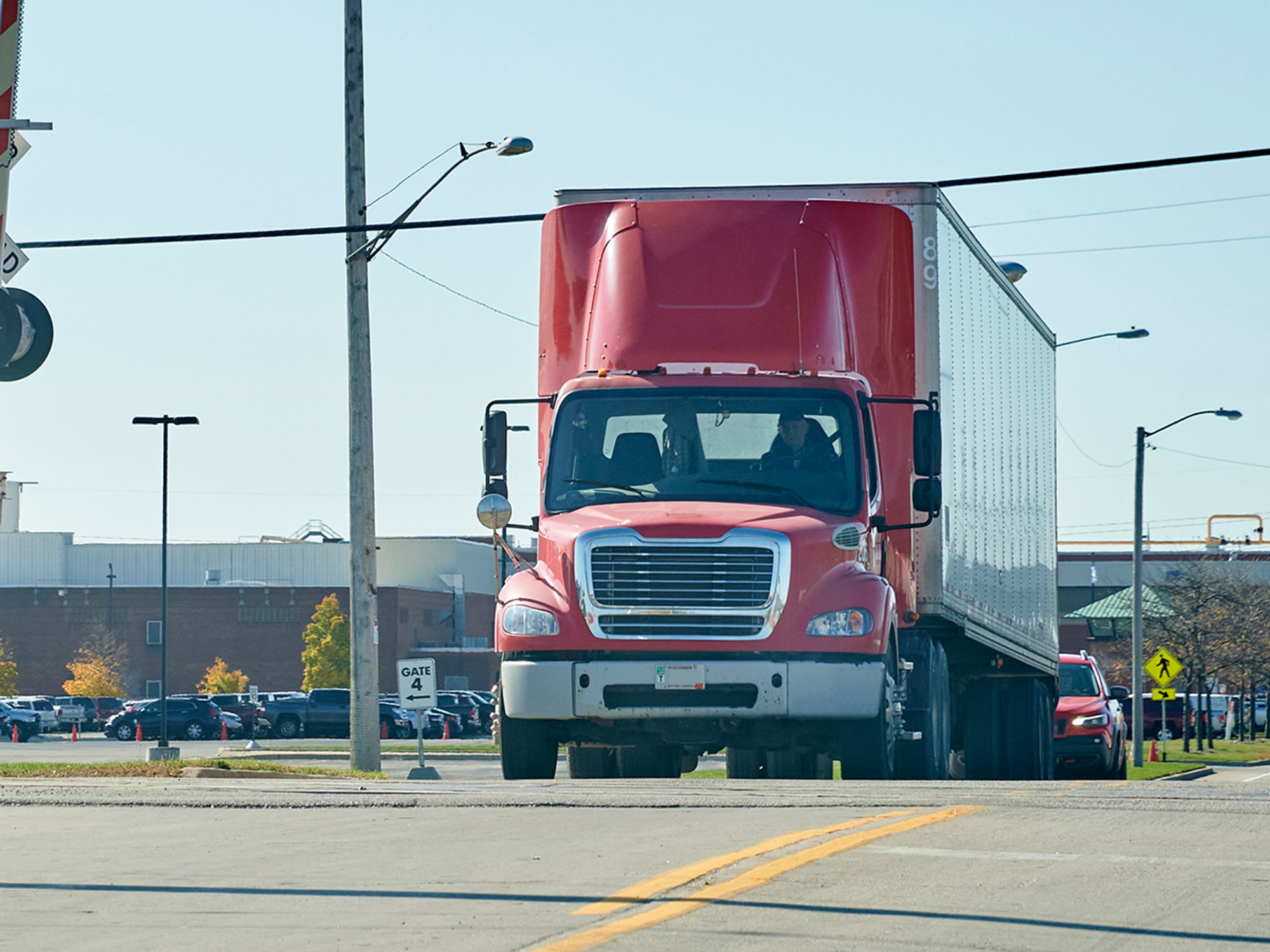Crash prevention and vehicle safety

- FMCSA requires carriers to implement a crash prevention program or safety management controls.
- Carriers can save money with a proper vehicle maintenance and inspection program.
Most vehicle crashes are preventable. A comprehensive crash prevention program or safety management controls are required by the Federal Motor Carrier Safety Administration (FMCSA). The agency does not tell carriers how they must prevent crashes.
The Safety Management Cycle is used by FMCSA during audits to examine carrier systems, safety policies and procedures, roles and responsibilities, safety and regulatory training, monitoring of unsafe behavior, and meaningful actions taken to eliminate unsafe behavior. These controls are a combination of safety best practices and regulatory compliance.
The Compliance, Safety, and Accountability (CSA) program uses seven Behavioral Analysis Safety Improvement Categories (BASICs) and related violations with severity points to assess carriers for possible enforcement interventions. These interventions are intended to address carrier safety issues before crashes occur.
Carriers that want to target crash risk reduction have several options, including but not limited to:
- Verify compliance with state and federal regulations covering hours of service, driver qualification and licensing, drug and alcohol testing, and vehicle inspection and maintenance;
- Incorporate initial and ongoing training and program management in the areas of defensive driving, elimination of distracted and fatigued driving, and compliance with regulations as well as best practices to go beyond compliance;
- Invest in collision avoidance technologies such as automated emergency braking or forward collision warning, lane departure warning, or lane centering as vehicles are replaced;
- Reinforce operational policies and procedures;
- Target at-risk and high-risk drivers in need of additional training and/or disciplinary action;
- Consider using vehicle safety technologies such as dash cams and vehicle telematics data to identify and reduce risky driving behavior and crashes.
- Investigate crashes and incidents consistently and objectively; and
- Implement crash prevention countermeasures based on root cause analyses.
Significant crash reduction is often achieved by adopting several items from the list once leadership adopts safety as a cultural value, not just a situational priority. Transformation from a culture of reacting to crashes to a proactive approach of crash avoidance requires the use of best practice in addition to compliance.
Vehicle safety
Vehicle inspection and maintenance programs are an integral part of a carrier’s safety program and can affect its FMCSA safety rating. Having an efficient, detailed, and proactive vehicle maintenance and inspection program can also save carriers money.
Compliance with the vehicle parts, maintenance, and inspection regulations in 49 CFR Parts 393 and 396, coupled with best practices in an employer’s maintenance and inspection program can help:
- Reduce driver and vehicle downtime, and the expense of road service calls;
- Develop criteria for equipment to be suitable to designated tasks;
- Equip new vehicles with vehicle safety technologies such as automated emergency braking and electronic stability control (vehicles less than 26,001 pounds);
- Increase the roadside inspection pass rate and CSA scores, and reduce the risk of FMCSA interventions; and
- Avoid fines and penalties.
Related topics include:
- Safety Management Cycle
- Compliance, Safety, Accountability for the seven BASICs and crash and violation/DataQs challenge information.
- Driver qualifications, Commercial driver’s license, and Drug and alcohol testing.
- Hours of service and Electronic logging devices
- CMV inspections and CMV parts and maintenance
- Defensive driving
- Performance management and training
- Vehicle technology
- Accident investigations
